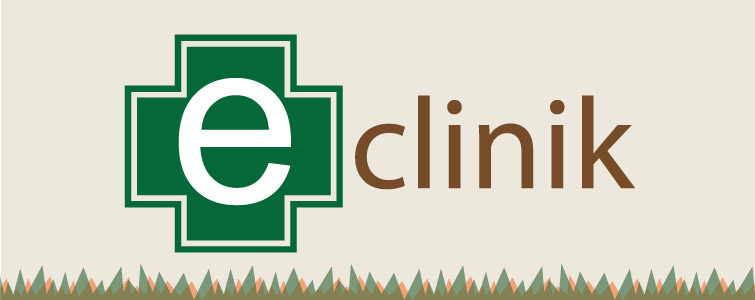- Home
- Introduction
- Taxonomy
- Research
- Sampling
- Survey & Surveillance
- Methodologies
- Tools & Devices
- Researchers/Experts
- Research Institutes
- Research Journals
- Miscellaneous
- Management
- Technologies
- Barrier Technology
- Bait Technology
- Borate Technology
- Gel Treatment
- Soil Treatment
- Seed Treatment
- Spot Treatment
- Tree Trunk Treatment
- Push-Pull Treatment
- Mound Treatment
- Others
- Termiticides
- ITK
- Publication
- Research Articles
- Books/Chapters/ Manuals
- Bulletins/Pamphlets
- Posters
- Theses/Reports/Proceedings
- Our Publications
- Bibliography
- Extension
- Extension Services
- Seminar/Conference/Workshop
- Trainings
- Extension Literature
- Relevant News Clips
- Poster Gallery
- Contact us
Agriculture Structures
Various constructions used for agri-horticultural purpose such as greenhouses, glasshouses, polyhouses, nursery structures etc. are frequently found attacked by subterranean termites. Termites inflicting economic damage on wooden structures belong to higher termite group Macroterminae. Management of termites in protected cultivation structures should be initiated at early stage of infestation. Failing this may result into massive economic loss to grower.
Management:
-
Chemical management methods include application of Bifenthrin 2.5%EC @ 0.05% a.i. conc. (i.e. 20 mol of formulated product diluted in 1 liter of water).
-
Treatment recommended in 2013 as per Indian Standard: IS 6313 (part 2 for pre construction and part 3 for post construction) for newly constructed and existing constructions are to be followed strictly.
-
Chlorpyriphos 20%EC treatment @ 1% a.i. for pre and post construction management is recommended and this is most popular and cheap in market.
-
For better protection against termites, chlorpyriphos 50%EC has been recommended @ 0.5% and 1% at pre and post construction stages.
-
For treatment of wooden works, chlorpyriphos @ 2% (w/w basis) is suggested.
-
Nylon ropes are practically more resistant against termite attack than plastics, thus, it can be used in place of jute or hemp ropes which are easily vulnerable to termite attack.
-
Coconut or hemp ropes are advised to be treated with coal-tar creosote by dipping followed by drying.
Experts examining termite infestation in storage - garlic bulbs infested
with Heterotermes indicola - Jhopadian village (Rajasthan)
Even plastic/polythenes are ravaged by termites in that village
The website is designed, developed & maintained by Dr. G.K. Mahapatro & Dr. Murari Kumar
Total Visit: 02014992


